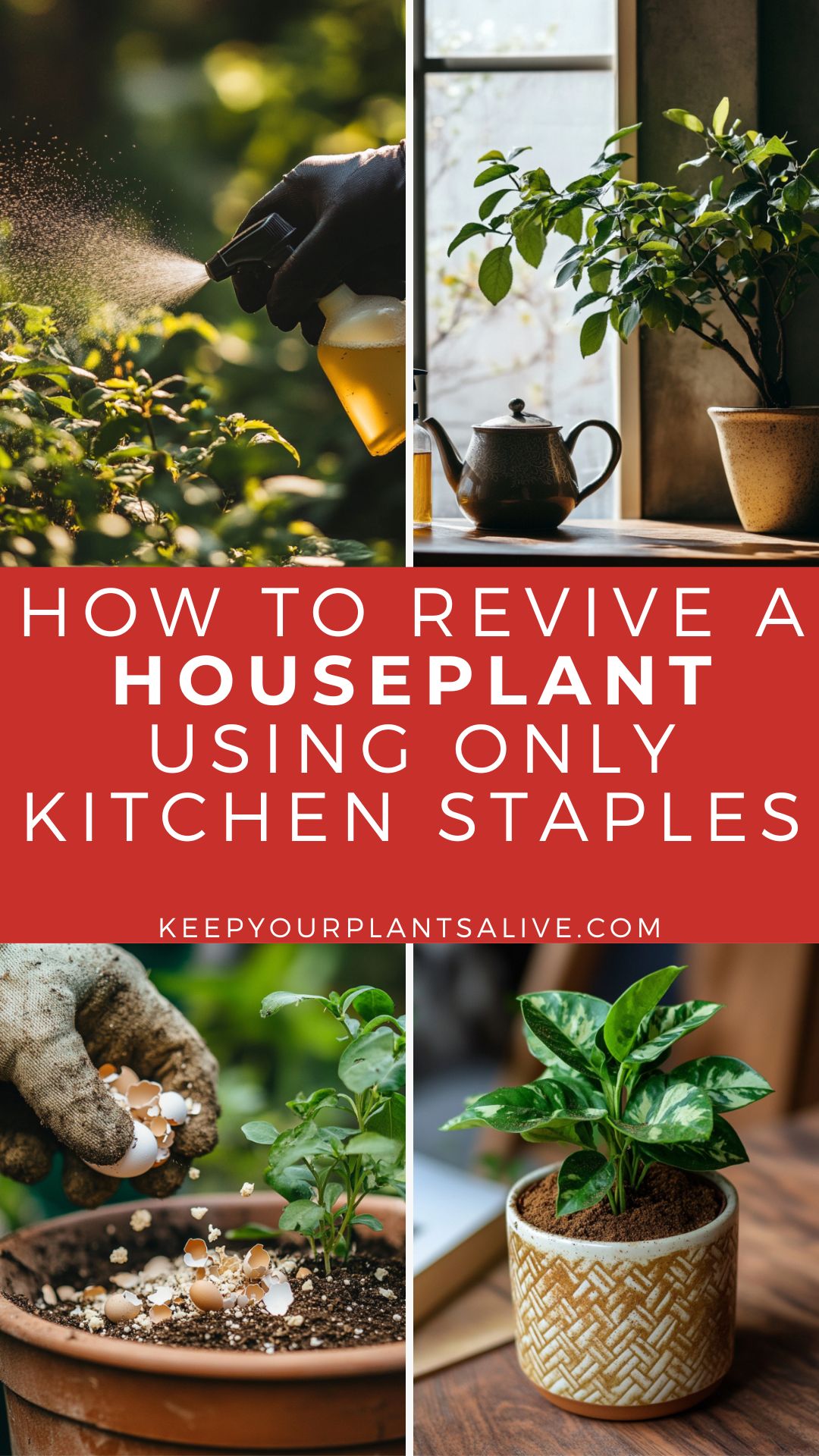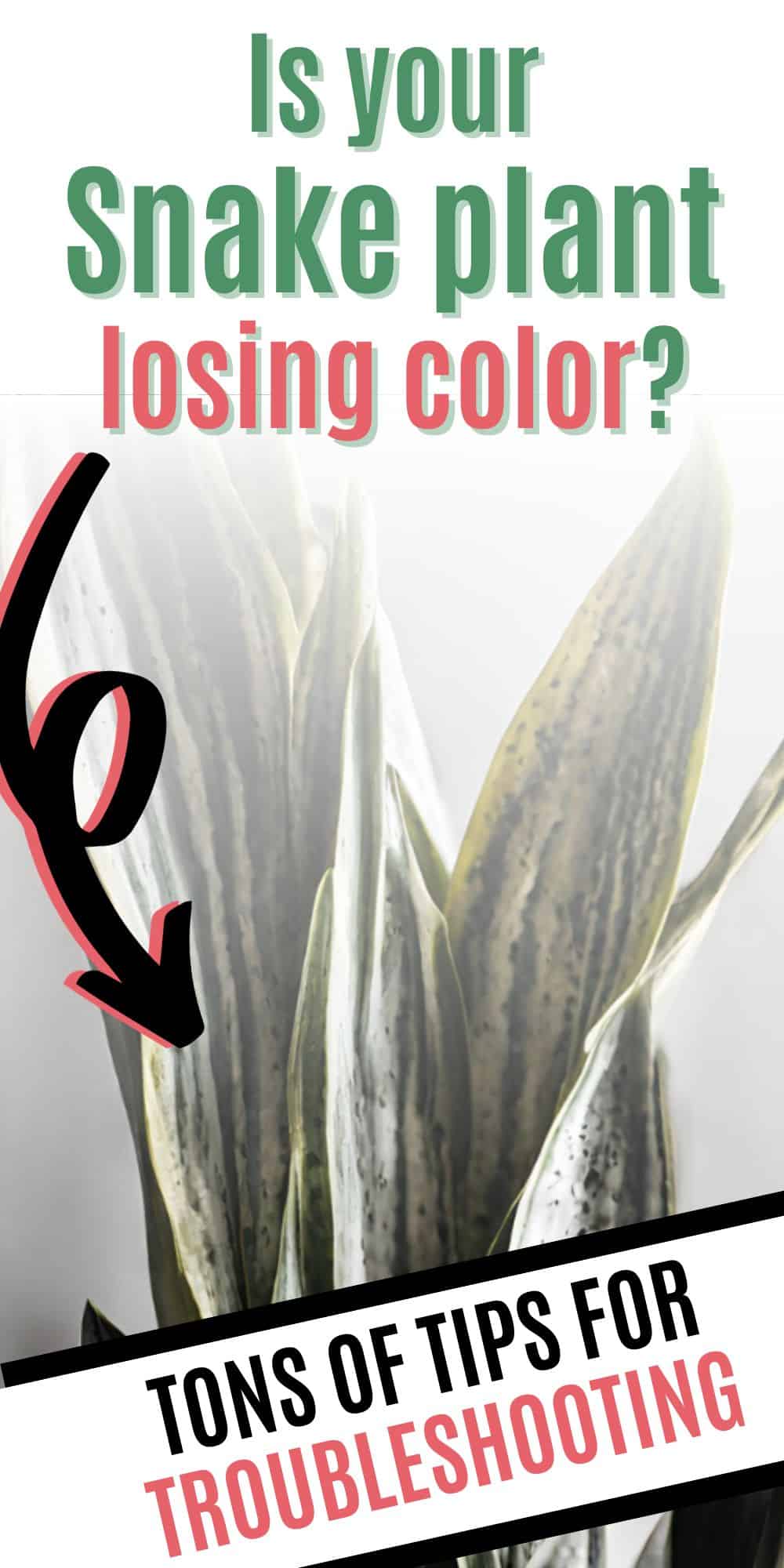When frost threatens, elephant ear plant winter care is essential. Find out how to shield these beauties from the cold in our guide.
The elephant ears are one of the most popular plants in the world!
If you have seen them in your friend’s garden and want to try planting them on your own, you have come to the right place!
In this blog, you will discover all things elephant ears – how to plant, nurture, and, most importantly, how to take care of elephant ear plants in winter!
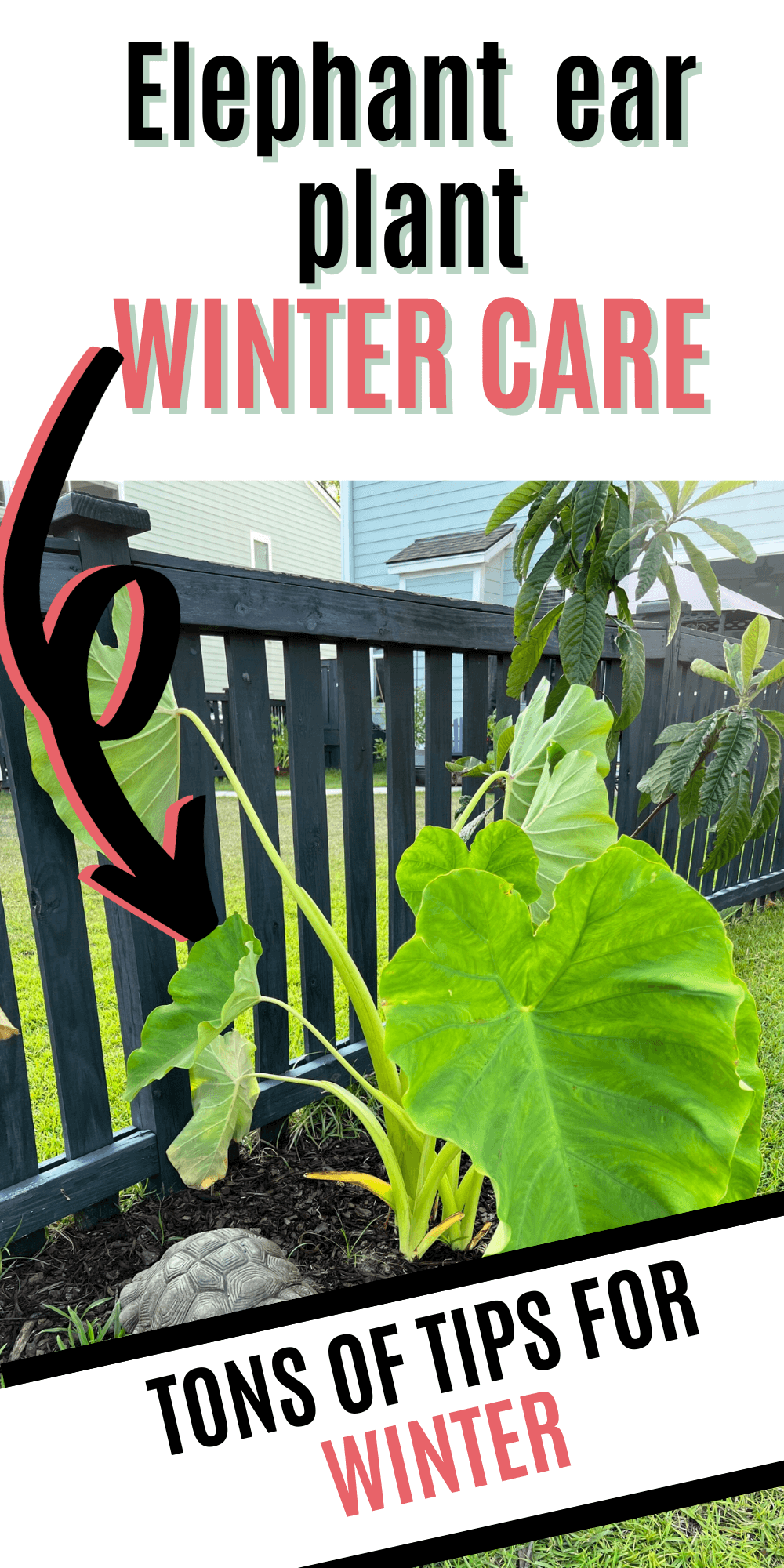
Elephant ear plant winter care requirements
With its vibrant, heart-shaped leaves in shades of yellow, purple, black, and emerald green, the elephant ear plant is eye-catching.
It can reach heights exceeding 6 feet and has a preference for moist, rich soil that offers good drainage.
Before telling you everything there is to know about preparing elephant ears for winter; you need to learn some of its requirements.
For example, they adore water and plenty of sunshine!
Right from the start, you may be worried about elephant ear plants in winter since we all know that daylight is pretty much a luxury.
But when it comes to green thumbs, you already know we have a solution for everything!
We have made a collection of the most important care aspects; they are below!
Light
This plant will only thrive in full sunlight – meaning it needs at least 6 full hours of direct sunlight.
If you live in a very hot or dry climate, you can find a partially shaded spot where you can plant your elephant ear.
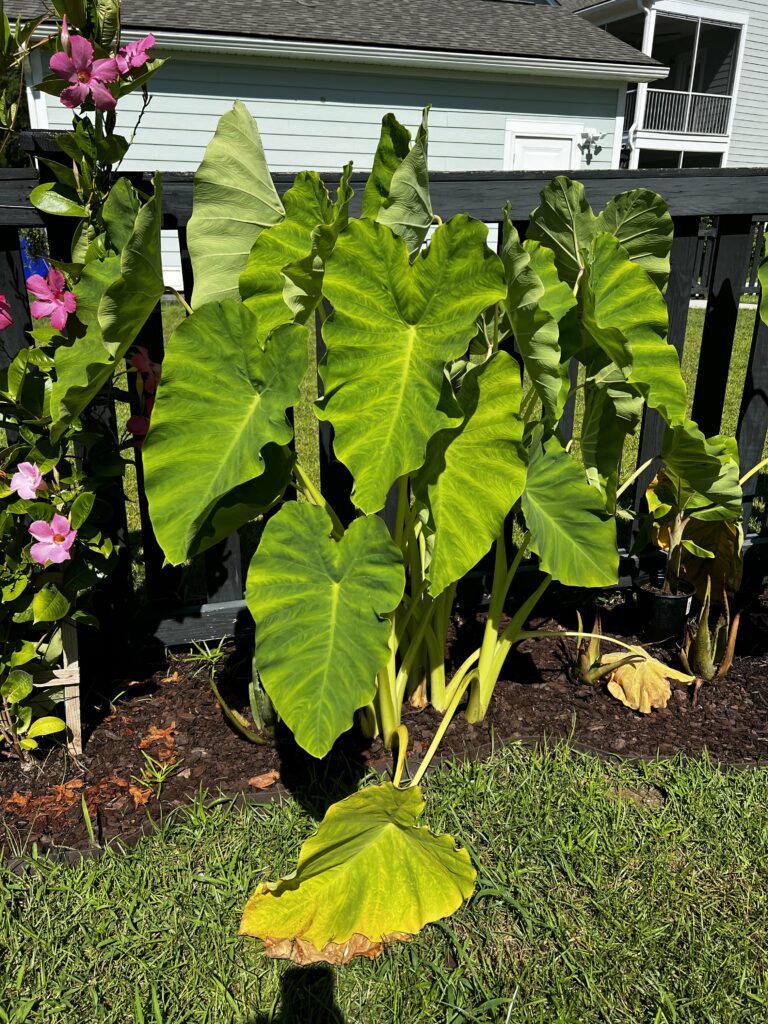
Soil
As previously mentioned, the elephant ear needs fertile, rich, and moist soil.
When you prepare the soil for it, add a lot of organic matter. Even though they prefer loamy soil, they can also tolerate other types.
Water
Soil moisture cannot be without plenty of water – and that is what this plant seeks!
The more you feed it and water it, the more it will grow.
The roots should not be completely submerged in water, and they need some soil that provides them with excellent drainage.
Humidity and temperature
As with any other plant, this one thrives under specific temperature and humidity levels.
Be prepared for the foliage to die back after a freeze.
However, remember that this tender perennial will come back every summer – especially in the coastal, lower, and tropical south.
Fertilizer
This plant has a large appetite, so make sure to feed it regularly – get a liquid fertilizer that will satiate its hunger and enjoy lush growth!
How to keep elephant ears for more than one growing season?
The elephant ear is a lovely plant – and you have been enjoying its beauty for the entire warm season!
But as the temperatures cool off and the coldness starts ruthlessly coming in, these plants will die off. However, you can overwinter them to protect their bulbs and ensure that they look just as good - if not better - next spring!
What does overwintering mean for elephant ears?
Overwintering any plant ensures your plant survives the winter by protecting it from the cold and giving it a lot of extra light.
In the case of the elephant ear plant in winter, there is a way you can do this and enjoy their greenery for years to come.
Elephant ears can grow all through the year, so if you are a gardener but live in a cooler climate, here are a few methods you can follow:
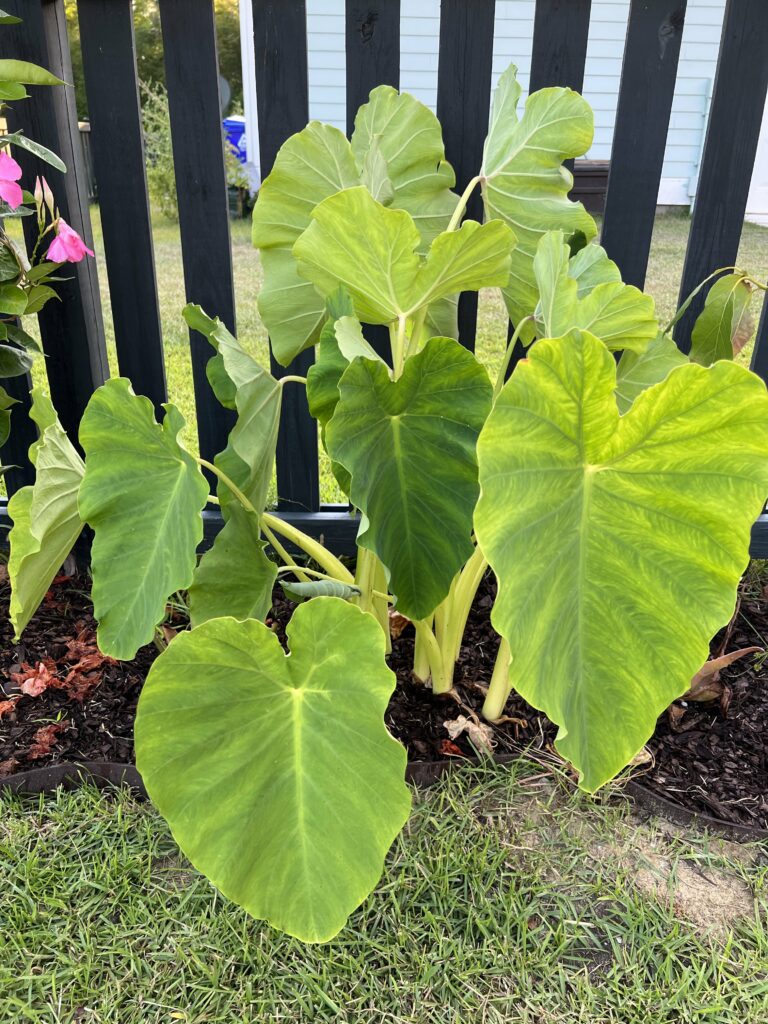
Overwinter the plant outside
If you live in a warmer climate, you can overwinter this plant right there – in your garden!
Make sure to check your exact hardiness zone and the recommendation for your specific plan (as there are many elephant ear plant varieties).
Some types can survive in cooler climates, while others cannot.
So, depending on the variety of elephant ears in your garden and your hardiness zone, it will drop the leaves and go into dormancy.
Then, you should trim the stems a few inches above the soil line.
Cover with a few inches of shredded leaves or mulch to protect the plant from the lowest temperatures, and resume watering it in spring.
Overwinter the plant inside
If you have been growing your plant in a pot instead of in the ground, taking care of an elephant ear plant in winter will be a breeze.
This plant can be the perfect addition to any home – if you give it the required light, space, and warmth.
If it is already potted, then prune everything but the top two leaves and bring the plant into your home before the first frost hits.
Once you start keeping it inside, keep it in bright and indirect sunlight and moisten the soil.
By now, you know that caring for elephant ear plants in the winter isn’t the same for all green thumbs.
For those of you who keep your plants in the ground but still want to bring them inside during the winter – that is possible, too!
- Carefully dig them up and transplant them into appropriate pots.
- Prune them and move them inside before the first frost.
- Keep them the same way you would a potted plant – in a bright spot, out of direct sunlight, and make sure not to overwater it.
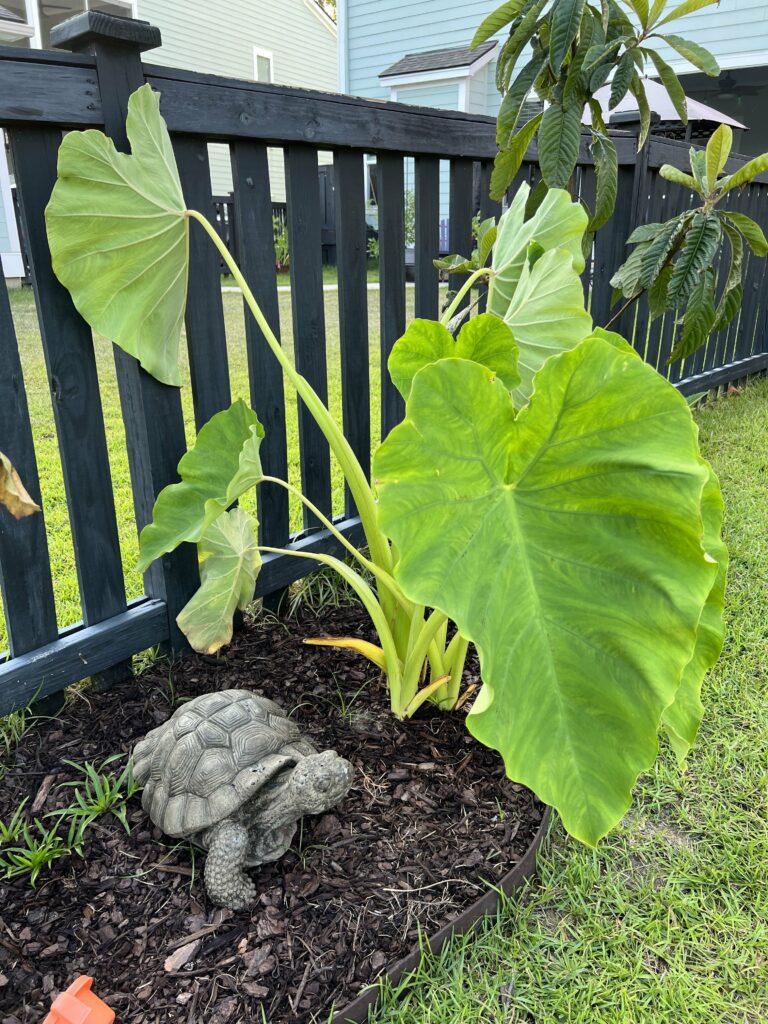
Handling Tubers
The tubers are actually the bulbs that provide the ear plant with energy and nutrients.
For those of you who live in a particularly cool climate and your elephant ear plants in winter have large tubers, then you can dig them up and store them during winter.
Do that carefully, with the help of a garden fork. You can start a foot away from the base of the plant (be careful not to damage the plant).
The best time to do this process is after the night temperatures have reached 40 degrees.
- Brush off any excess soil, place them in a container, and pack the tubers with wood shavings or peat moss.
- Keep them in a dry place, not warmer than 60 degrees Fahrenheit.
- Finally, check them occasionally and discard all those that show signs of rot.
So there you have it! After winter is gone and the frost has passed, all you need to do is bring the pots outside or replant the elephant ear in your garden.
This is a very easy process to do, and it will allow you to enjoy your elephant ear plant for many seasons!
Before you go...
Are you worried about your elephant ears not popping back up next year? Here are the top reasons that elephant ears don't come back.
Thanks for reading!


Hey there, I'm Morgan, a houseplant enthusiast from sunny Charleston, South Carolina. Growing up surrounded by my mom's lush orchids and African violets, I discovered the magic of bringing nature indoors. Thanks to the pandemic, I delved deeper into houseplants, discovering their power to uplift moods and transform spaces. I'm here to spill all my secrets, helping you pick the perfect houseplant - and make it happy. Let's keep your plants alive, together! 😊



